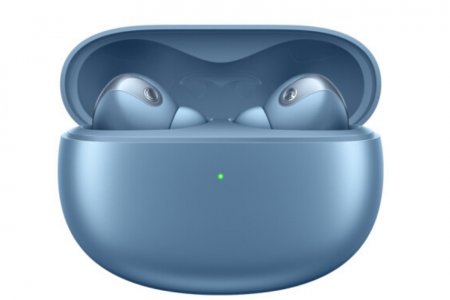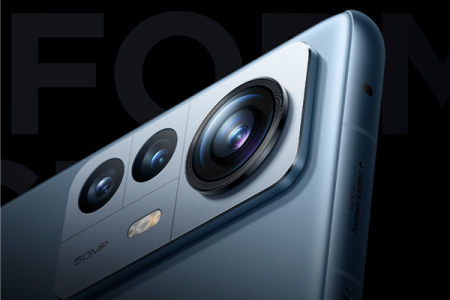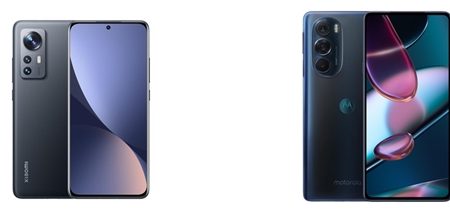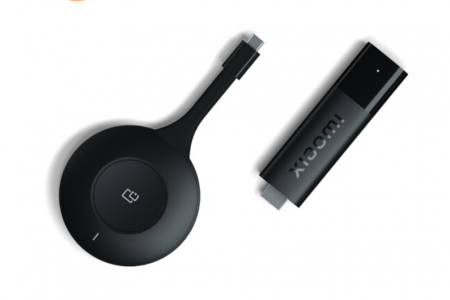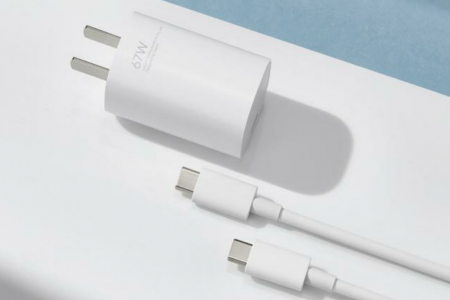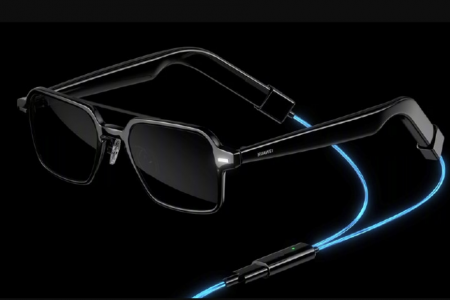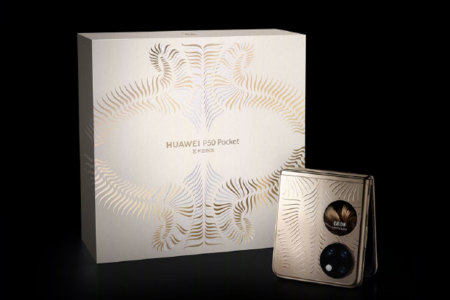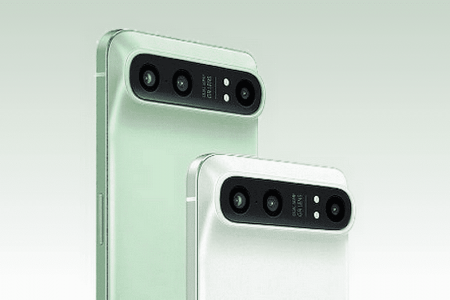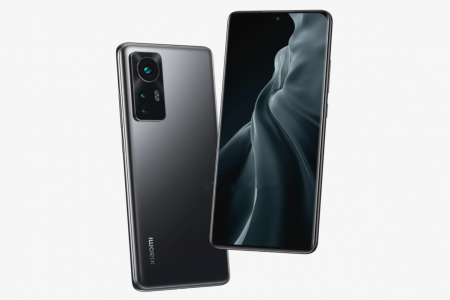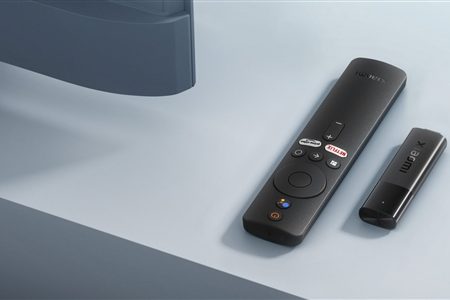In the past two years, everyone has known that high refreshing can bring a smoother screen effect, but it also makes the screen a big power consumer. Many people choose to continue to use the 60Hz refresh rate after getting it. The experience is not calculated. color.
It was not until the emergence of the iPhone 13 Pro that ProMotion adaptive refresh rate technology let everyone know that the original high refresh rate can also be optimized to take into account the battery life, and even more power-saving than the low refresh rate.
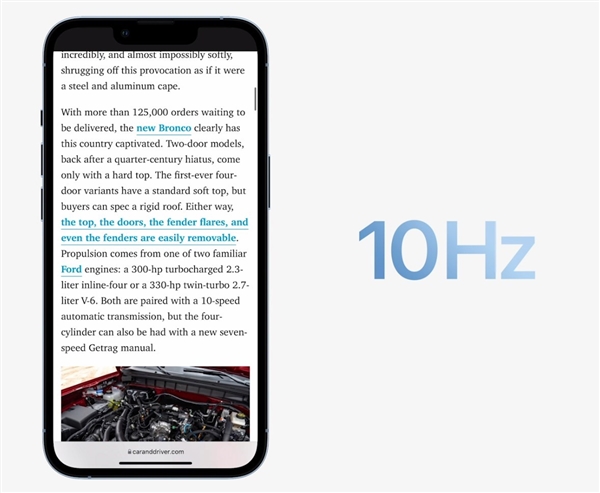
It can automatically switch between 10Hz-120Hz according to the system scene, and the load in scenes such as browsing pictures is extremely low, while scenes such as games will be full of blood output, which was completely impossible with previous high-brush mobile phones.
A few months after the release of the iPhone 13 Pro, there is finally an Android phone that implements this feature, and that is the Mi 12 Pro, which will debut next week.
It is reported that the Mi 12 Pro will be equipped with a second-generation low-power 2K screen. This screen will use the new E5 light-emitting material, the second-generation LTPO material, use Micro-Lens microprism technology, and support intelligent dynamic refresh rate.
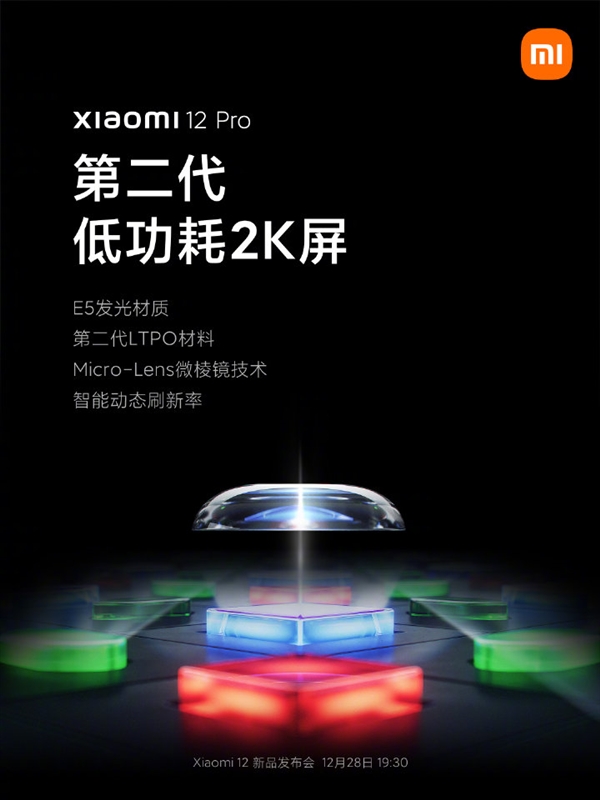
The realization of this intelligent dynamic refresh rate, in addition to benefiting from the second-generation LTPO, also includes Xiaomi’s self-developed refresh rate adjustment technology, which can achieve an adaptive refresh rate of 1Hz-120Hz and give full play to the low power consumption of LTPO. Features, and brings intelligent refresh rate adjustment in different scenarios in the app.
For example, the sliding page 120Hz is extremely smooth, the video 60 frames match the 60Hz refresh rate, and the static text or picture is viewed at the 10Hz refresh rate. These can all be within an application, according to each user’s operation and each content dynamic Instant adjustment.
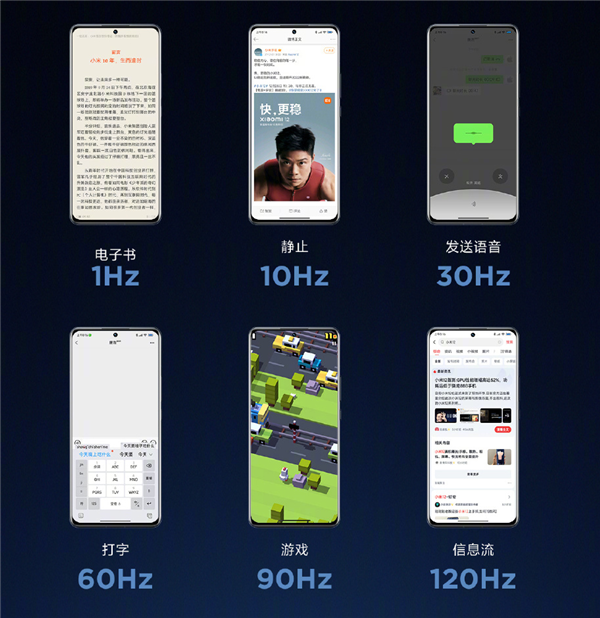
And this is not a simple frequency lock based on different applications, nor is it a “one size fits all” global 120Hz, but for different content and operations, intelligently matching the optimal refresh rate to avoid additional power consumption caused by invalid screen refresh. Functions that cannot be achieved by the LTPO of the Android camp.
At present, the Xiaomi Mi 12 Pro screen may also be one of the most advanced screen technologies, allowing Android phones to break through the technical barrier of sliding speed change for the first time. It is comparable to the Apple iPhone 13 Pro for the first time, which is very worth looking forward to.



